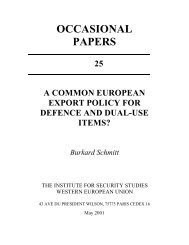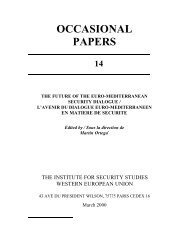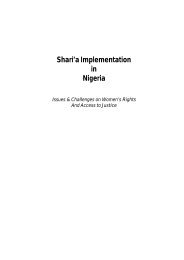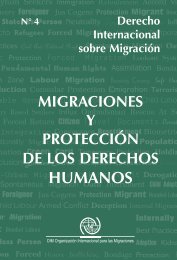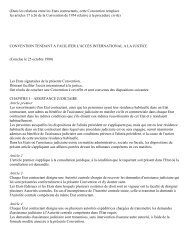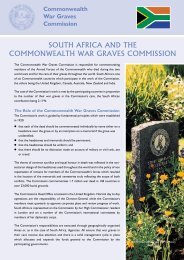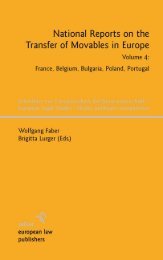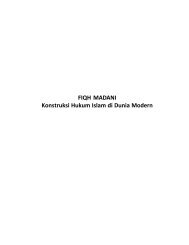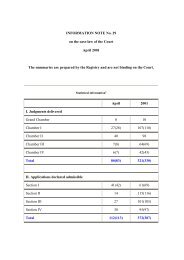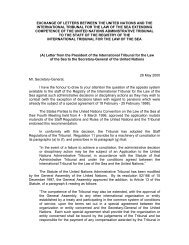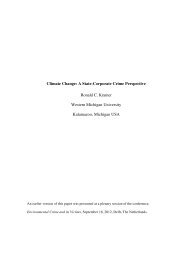Party Autonomy in International Property Law - Peace Palace Library
Party Autonomy in International Property Law - Peace Palace Library
Party Autonomy in International Property Law - Peace Palace Library
You also want an ePaper? Increase the reach of your titles
YUMPU automatically turns print PDFs into web optimized ePapers that Google loves.
10. Between Articles 14 and 27 of Rome I<br />
declares itself to strive at aims, at ‘<strong>in</strong>tegration’, and, particularly, to build<br />
up and equip with legislation the Area of Freedom, Security, and <strong>Law</strong>. 17<br />
The new provisions of the Lisbon treaty on this particular project will<br />
constantly provide legal practice with strategic documents driv<strong>in</strong>g forward<br />
and expla<strong>in</strong><strong>in</strong>g further legislation, such as the Stockholm Programme of<br />
the European Council now does. 18 This is an environment quite different<br />
from the more staid and settled legal and political systems of the Member<br />
States. It is clear that the purposes of the rules created for that process<br />
must play a very prom<strong>in</strong>ent role <strong>in</strong> their <strong>in</strong>terpretation.<br />
10.3. Application to Articles 14 and 27<br />
What can we ga<strong>in</strong> from these European <strong>in</strong>terpretation rules with relation<br />
to our problem? We have to assume for this <strong>in</strong>vestigation the text of Article<br />
14 as it stands today, either before or after the review process under<br />
Article 27(2) has been completed, but without a modification of Article<br />
14 result<strong>in</strong>g. Does Article 14 then provide a conflict rule for third-party<br />
effects?<br />
10.3.1. The word<strong>in</strong>g<br />
The word<strong>in</strong>g is ambiguous. Paragraph 1 says that the conflict rule relates<br />
to the relationship between assignor and assignee; it does not mention<br />
third persons. But Recital 38 of the Preamble expla<strong>in</strong>s that this word<strong>in</strong>g<br />
was to make sure that ‘property aspects’ was also covered. 19 What<br />
are property aspects that do not <strong>in</strong>clude third-party effects? Even Profes-<br />
§ 22 nr. 17; Langenbucher (note 11) nr. 12, 15; Heiderhoff , Geme<strong>in</strong>schaftsprivatrecht,<br />
2. Aufl., München 2007, p. 45-49.<br />
17<br />
Articles 67-89 of the Treaty on the Function<strong>in</strong>g of the European Union.<br />
18<br />
On the Stockholm Programme, see R. Wagner, Die politischen Leitl<strong>in</strong>ien zur<br />
justiziellen Zusammenarbeit <strong>in</strong> Zivilsachen im Stockholmer Programm, IPRax<br />
2010, 97-100. The European Commission has meanwhile produced its ‘Action<br />
Plan’ implement<strong>in</strong>g the Stockholm programme, COM(2010) 171 f<strong>in</strong>al, see<br />
www.ec.europa.eu / justice ‘policies’ , under ‘Latest Developments ‘.<br />
19<br />
The relevant text of the Recital is: ‘In the context of voluntary assignment,<br />
the term ‘relationship’ should make it clear that Article 14 (1) also applies to<br />
the property aspects of an assignment, as between assignor and assignee, <strong>in</strong><br />
Axel Flessner<br />
213<br />
© sellier. european law publishers<br />
www.sellier.de



